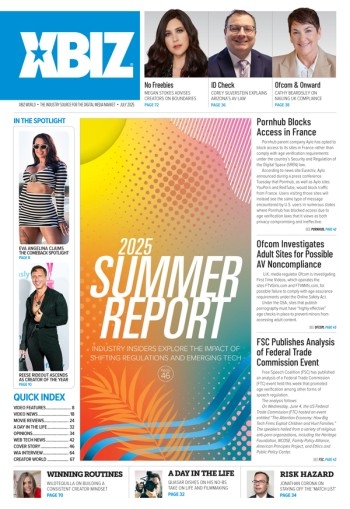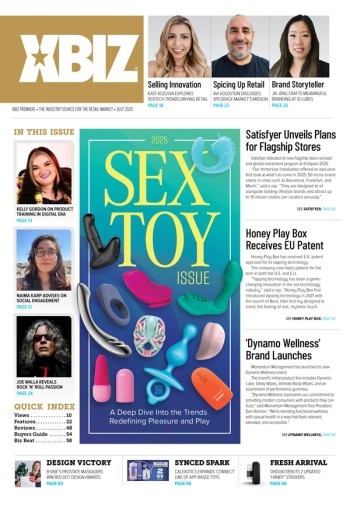It has been about half a dozen years or so now since tech journal headlines proclaimed that mobile Internet access would surpass fixed Internet access “by 2014.” Now that this milestone year is upon us, XBIZ wanted to look at the latest available mobile penetration stats and to contemplate what it means to adult marketers. Here is what we found:
A recent report from the Pew Research Center’s Internet & American Life Project reveals that nearly two-thirds (63 percent) of American mobile phone owners have been using these devices to go online. According to Aaron Smith, a senior researcher at the Pew Research Center’s Internet & American Life Project, this proportion of cell owners who use their phones to go online has doubled since 2009.
It is 2014 and mobile Internet access has yet to overtake fixed Internet access — but it is trying to — and well on its way, especially in emerging markets.
“We call them ‘cell Internet users’ and define them as anyone who uses their cell phone to access the Internet or use email,” Smith stated. “Because 91 percent of all Americans now own a cellphone, this means that 57 percent of all American adults are cellular Internet users.”
The Pew report also finds that one third of these cellular Internet users (34 percent) mostly use their phones to access the Internet, as opposed to using devices such as a desktop, laptop or tablet computer.
“We call these individuals ‘cell-mostly Internet users,’ and they account for 21 percent of the total cell owner population,” Smith added. “Young adults, non-whites, and those with relatively low income and education levels, are particularly likely to be cell-mostly Internet users.”
The Pew survey analyzed the responses of more than 2,250 adults, aged 18 and over, including more than 1,100 interviews conducted via the respondent’s cell phone, with interviews conducted in both English and Spanish, with a margin of error of less than 3.5 percentage points.
“A majority of the public now owns a smartphone, and mobile devices are playing an increasingly central role in the way that Americans access online services and information,” Smith concluded. “For many, such as younger adults or lower-income Americans, cell phones are often the primary device for accessing online content — a development that has particular relevance to companies and organizations seeking to reach these groups.”
This rapid growth is Internet access via mobile device is not limited to Americans, however, as folks around the world are increasingly accessing the web via a smartphones or other device.
According to Statista, users are generating more than 17 percent of web traffic via mobile devices, which represents a more than six percent increase over the past year. South America has the highest growth rate, with mobile web traffic from the region more than doubling from 3.2 percent to 6.8 percent, during the past year.
As for the two continents with the highest number of mobile Internet users, Asia and Africa lead the pack, respectively posting nearly 27 percent and 24 percent of web traffic coming from mobile devices. In the African example, access has more than doubled during the past year — from 11.3 to 23.7 percent.
European mobile users also got in on the growth spurt — with an upswing from 5.9 to 9.7 percent of Internet access occurring during the previous year. Where does this all leave us?
It is 2014 and mobile Internet access has yet to overtake fixed Internet access — but it is trying to — and well on its way, especially in emerging markets.
For adult content marketers, this means that catering to website visitors arriving via mobile devices should not be an afterthought, as it appears that it is only a matter of time before mobile access indeed surpasses fixed access — but it will not likely happen this year. Another takeaway is that the folks using a cellphone for Internet access are not promising prospects for porn sales, based on their youth alone; meaning that just because mobile surfers are visiting your site, it doesn’t mean they’re interested in an “outdated” web-centric offer — making innovation a necessity for many sites.





